For those living with osteoporosis, ensuring a safe and secure home environment is paramount. With their increased risk of fractures, it's essential for osteoporosis patients to take proactive safety measures to prevent accidents. In this article, we will explore the essential home safety precautions that can help protect individuals with osteoporosis and minimize the potential for injury.

From simple modifications to more significant changes, there are several steps you can take to create a safer living space. We will cover key areas such as lighting, flooring, furniture arrangement, and bathroom safety. By addressing these aspects, we can reduce the risk of falls and fractures, providing peace of mind and independence for individuals with osteoporosis.
Through the implementation of these home safety precautions, individuals with osteoporosis can enjoy a safer and more comfortable living environment. So let's delve into the tips and strategies that can make a significant difference in their day-to-day lives. Stay protected and take control of your home safety with these essential precautions designed specifically for osteoporosis patients.
Common hazards around the house for osteoporosis patients
To create a safe living environment for individuals with osteoporosis, it is crucial to identify and address common hazards that could increase the risk of falls and fractures. Some of the most common hazards include:
1. Uneven or slippery flooring: Carpets with loose edges, uneven tiles, or slippery surfaces can pose a significant risk for osteoporosis patients. These surfaces can cause trips and slips, leading to falls and potential fractures.
2. Poor lighting: Inadequate lighting can make it difficult for individuals with osteoporosis to see potential hazards, such as steps or objects on the floor. Insufficient lighting can increase the likelihood of falls, especially during the night or in poorly lit areas of the house.
3. Cluttered pathways: Cluttered pathways create obstacles that can lead to falls. It is important to keep walkways clear and free from any objects that could obstruct movement.
4. Unsafe furniture: Unstable or improperly positioned furniture can prove hazardous for osteoporosis patients. Chairs without armrests, low couches, or wobbly tables can make it challenging to sit or stand, increasing the risk of falls and fractures.
5. Bathroom hazards: Slippery surfaces, inadequate grab bars, and low toilet seats are common hazards in bathrooms that can make it difficult for osteoporosis patients to maintain balance and prevent falls.
Creating a safe and accessible living environment
To ensure the safety and well-being of individuals with osteoporosis, it is crucial to create a safe and accessible living environment. Here are some essential home safety precautions to consider:
1. Flooring modifications: Consider replacing slippery flooring with non-slip options such as rubber, cork, or textured tiles. Additionally, ensure that any loose flooring or rugs are properly secured to prevent tripping hazards.
2. Proper lighting: Install bright, energy-efficient lighting throughout the house, especially in stairways, hallways, and entryways. Utilize motion-sensor lights to automatically illuminate areas when someone enters the room.
3. De-clutter and organize: Keep walkways and living spaces clear of clutter and unnecessary objects. This will help prevent falls and create a more spacious and accessible environment.
4. Stable furniture arrangements: Arrange furniture in a way that provides stability and support. Opt for chairs with armrests, sturdy coffee tables, and raised seating options. Ensure that furniture is positioned to allow for comfortable movement and easy access to essential items.
5. Bathroom safety measures: Install grab bars near the toilet, bathtub, and shower to provide support and stability. Consider using non-slip mats and adhesive strips in the bathtub or shower to prevent slipping. Additionally, raise the height of the toilet seat to make it easier to sit and stand.
Tips for preventing falls and fractures at home
In addition to making modifications around the house, there are several practical tips that can help prevent falls and fractures for individuals with osteoporosis:
1. Wear appropriate footwear: Opt for shoes with non-slip soles and good support. Avoid high heels or shoes with an unstable base, as they can increase the risk of falls.
2. Use assistive devices: Utilize walking aids such as canes or walkers to provide additional support and stability when needed. Ensure that these devices are properly adjusted and in good condition.
3. Take your time: Avoid rushing or moving too quickly, as it can increase the risk of accidents. Take small, deliberate steps, and allow yourself enough time to navigate through your living space.
4. Exercise regularly: Engaging in regular exercise can improve balance, strength, and flexibility, reducing the risk of falls. Consult with a healthcare professional to develop a safe and suitable exercise routine.
5. Maintain a healthy lifestyle: A well-balanced diet rich in calcium and vitamin D can help improve bone health. Additionally, avoiding smoking and excessive alcohol consumption can also contribute to overall bone strength.
Home modifications for osteoporosis patients
In some cases, more significant home modifications may be necessary to ensure the safety and independence of individuals with osteoporosis. Consider the following modifications:
1. Ramps and handrails: Install ramps and handrails at entryways and staircases to provide easier access and support for individuals with mobility challenges.
2. Stairlifts and elevators: If navigating stairs becomes increasingly difficult, consider installing a stairlift or home elevator to provide a safe and convenient alternative.
3. Accessible bathrooms: If necessary, consider remodeling the bathroom to include features such as walk-in showers, adjustable showerheads, and raised toilet seats. These modifications can significantly enhance safety and accessibility.
Proper lighting and visibility in the home
Proper lighting is essential for individuals with osteoporosis to identify potential hazards and navigate their living space safely. Consider the following tips to improve lighting and visibility:
1. Natural light optimization: Maximize natural light by keeping windows clean and unobstructed. Use light-colored curtains or blinds to allow ample light to enter the room.
2. Artificial lighting: Install bright, energy-efficient LED or CFL bulbs throughout the house. Use task lighting in areas where additional illumination is needed, such as reading corners or workspaces.
3. Nightlights: Place nightlights in hallways, bedrooms, and bathrooms to provide low-level illumination during the night. This will help prevent falls when navigating in the dark.
The importance of regular exercise and strength training
Regular exercise and strength training play a vital role in maintaining bone health and reducing the risk of falls for individuals with osteoporosis. Here's why exercise is important and some exercises to consider:
1. Improving balance: Exercises that focus on balance, such as tai chi and yoga, can help improve stability and reduce the risk of falls.
2. Strengthening muscles: Strength training exercises, including weightlifting and resistance training, can help strengthen muscles and improve bone density.
3. Enhancing flexibility: Activities such as stretching and yoga can improve flexibility, making daily movements easier and reducing the risk of injury.
Assistive devices and equipment for home safety
Assistive devices and equipment can provide additional support and enhance home safety for individuals with osteoporosis. Consider the following options:
1. Canes: Canes can provide stability and support during walking, particularly for those who experience balance issues. Ensure that the cane is properly adjusted and suited to individual needs.
2. Walkers: Walkers offer additional stability and support for individuals with more significant mobility challenges. Choose a walker that is appropriate for the individual's height and mobility needs.
3. Grab bars and handrails: Install grab bars and handrails in areas prone to falls, such as bathrooms and staircases. These provide extra stability and support when navigating these spaces.
Resources and support for osteoporosis patients
For individuals with osteoporosis, it is essential to access resources and support to ensure their safety and well-being. Consider the following:
1. Healthcare professionals: Consult with healthcare professionals, such as doctors, physical therapists, and occupational therapists, who can provide guidance and recommendations specific to individual needs.
2. Support groups: Join local or online support groups for individuals with osteoporosis. These groups provide a platform for sharing experiences, learning from others, and accessing valuable resources.
3. Home safety assessments: Consider scheduling a home safety assessment with a professional who specializes in creating safe living environments for individuals with mobility challenges. They can identify potential hazards and provide tailored recommendations.
Conclusion: Maintaining a safe and independent lifestyle with osteoporosis
By implementing the essential home safety precautions discussed in this article, individuals with osteoporosis can create a safer and more comfortable living environment. From simple modifications to more significant changes, every step taken towards home safety contributes to minimizing the risk of falls and fractures. Remember, maintaining a safe and independent lifestyle is crucial for individuals with osteoporosis to enjoy peace of mind and the freedom to navigate their home confidently. Stay protected and take control of your home safety with these essential precautions designed specifically for osteoporosis patients.
---
By adhering to these home safety precautions, individuals with osteoporosis can significantly reduce their risk of falls and fractures. It is essential to prioritize safety and take the necessary steps to create a living space that promotes mobility, independence, and peace of mind. Remember, prevention is key, and by implementing these measures, individuals with osteoporosis can maintain a safe and comfortable home environment. Stay protected and enjoy the freedom to live life to the fullest, knowing that your home is optimized for your safety and well-being.

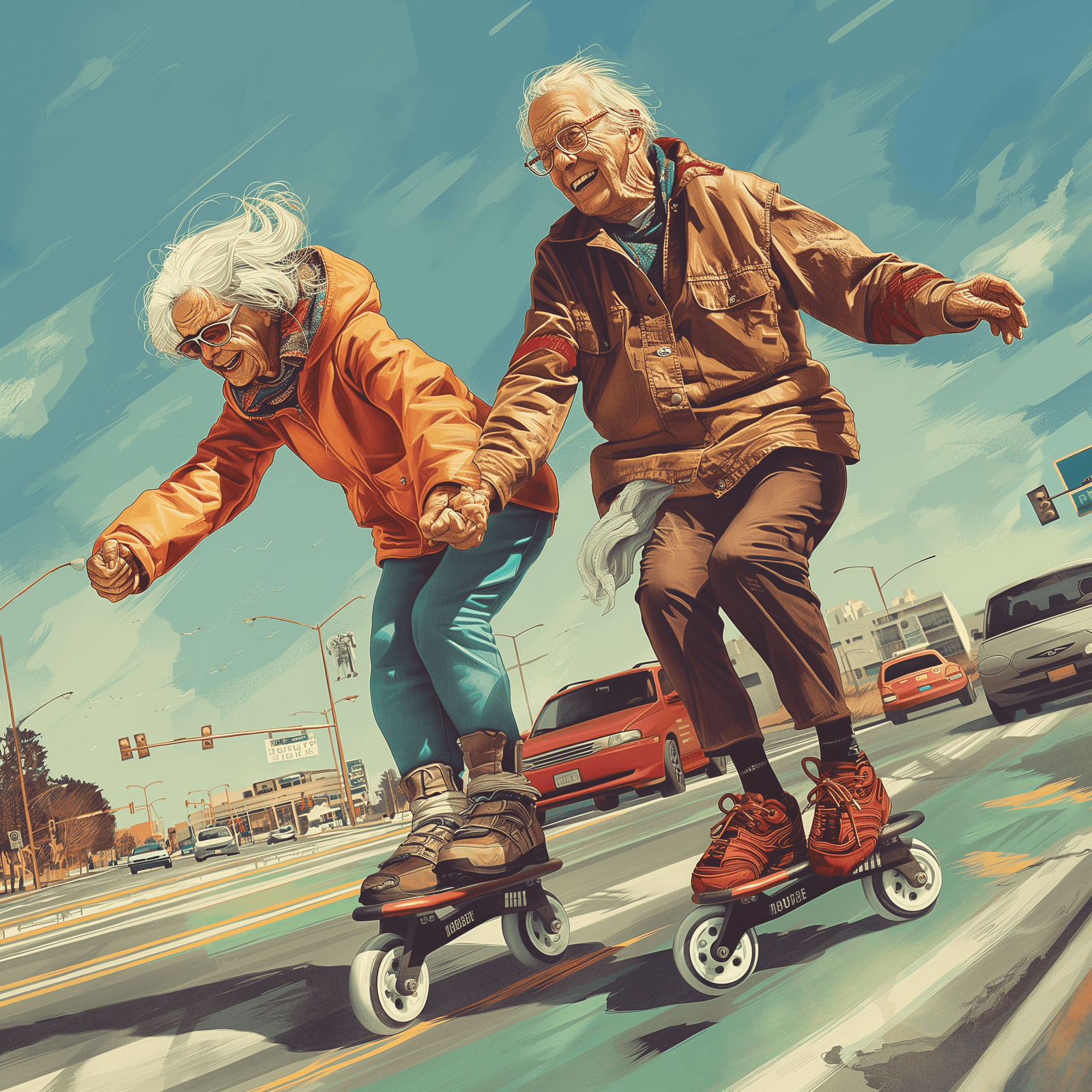
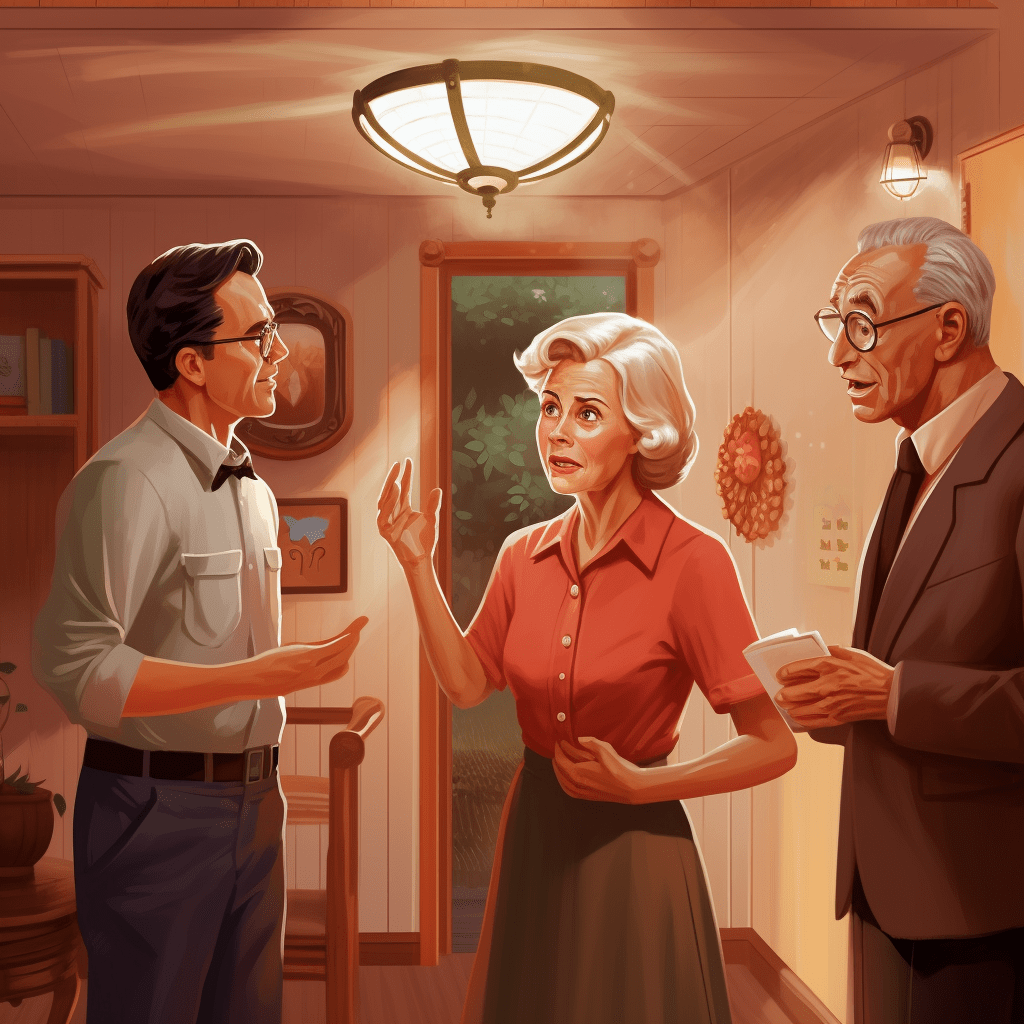

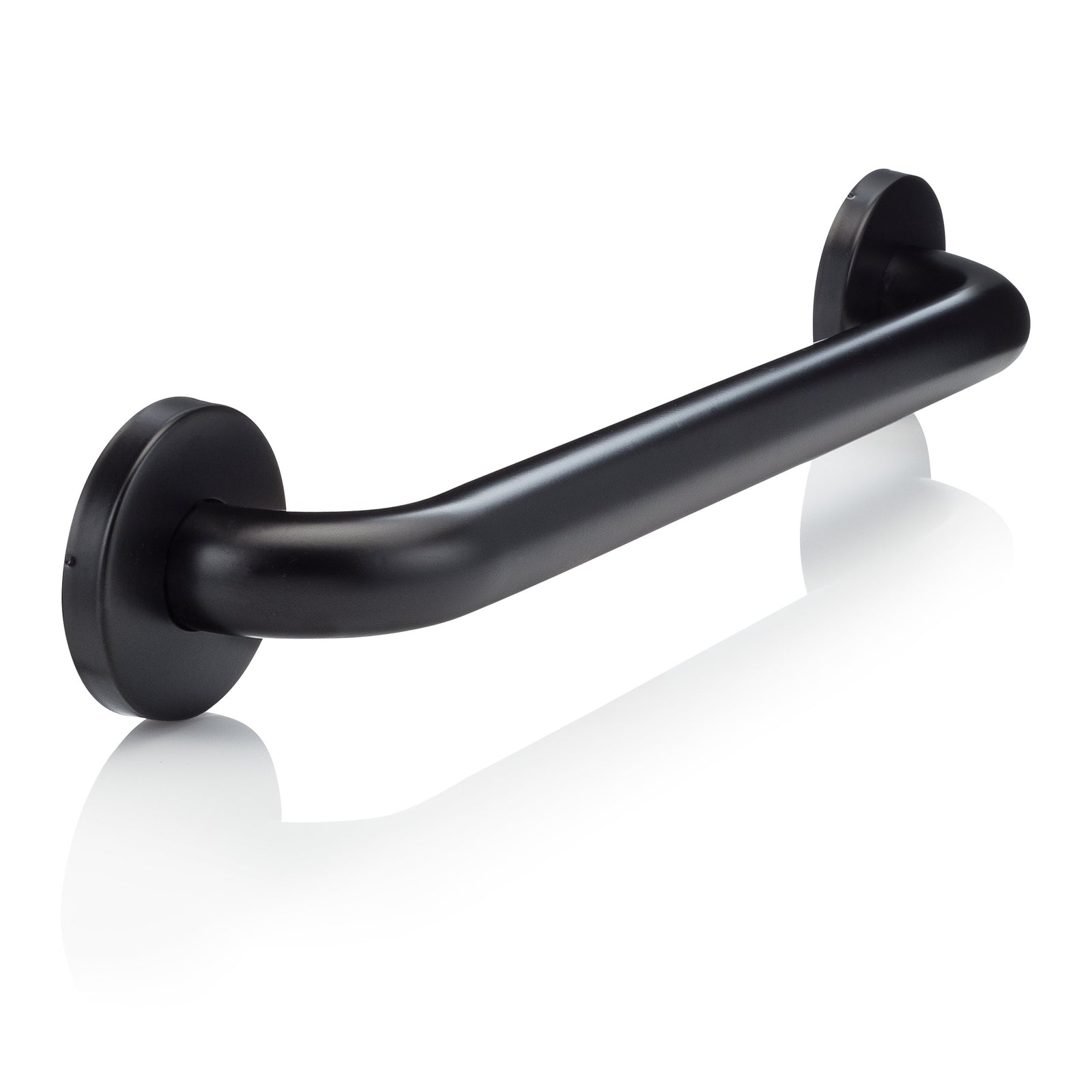
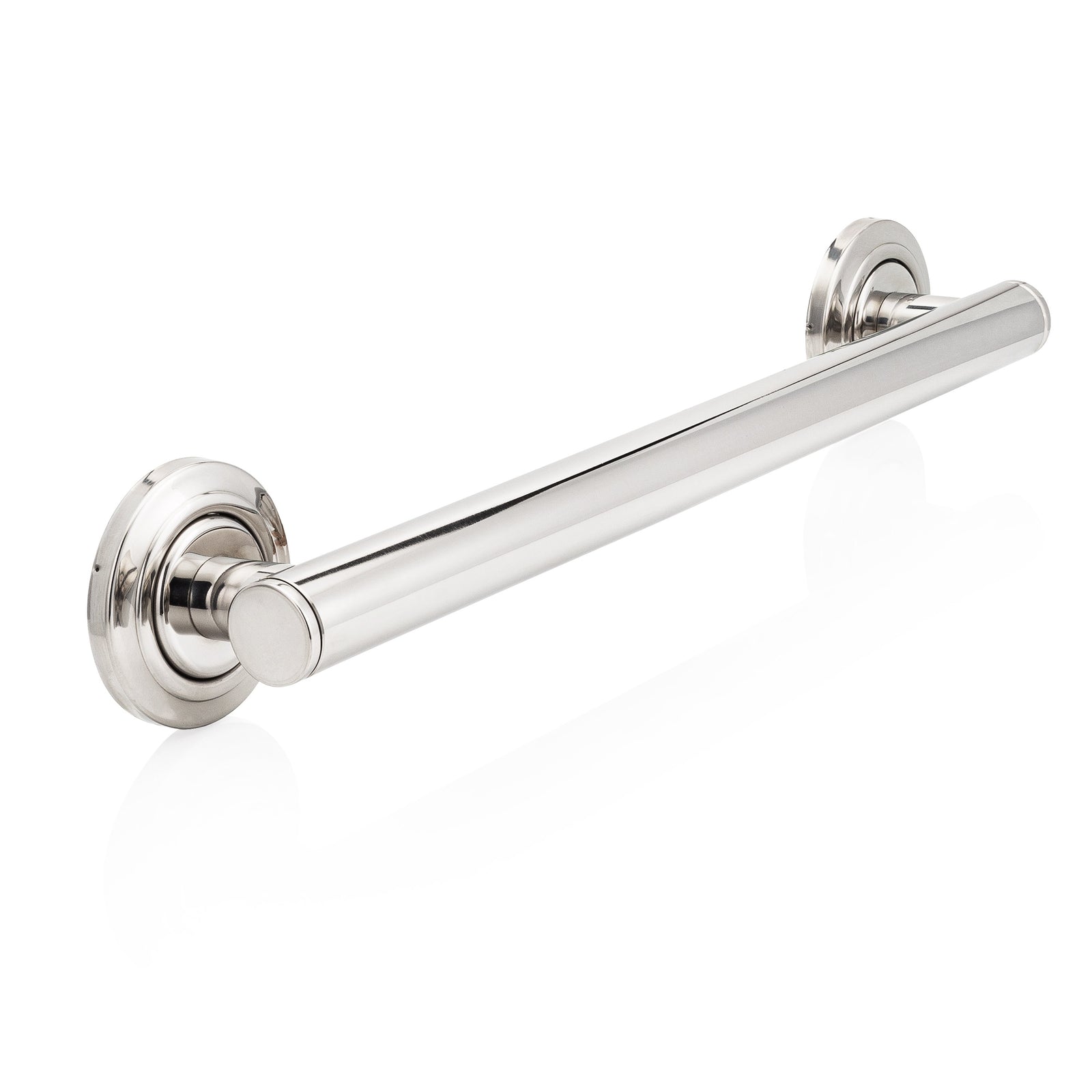
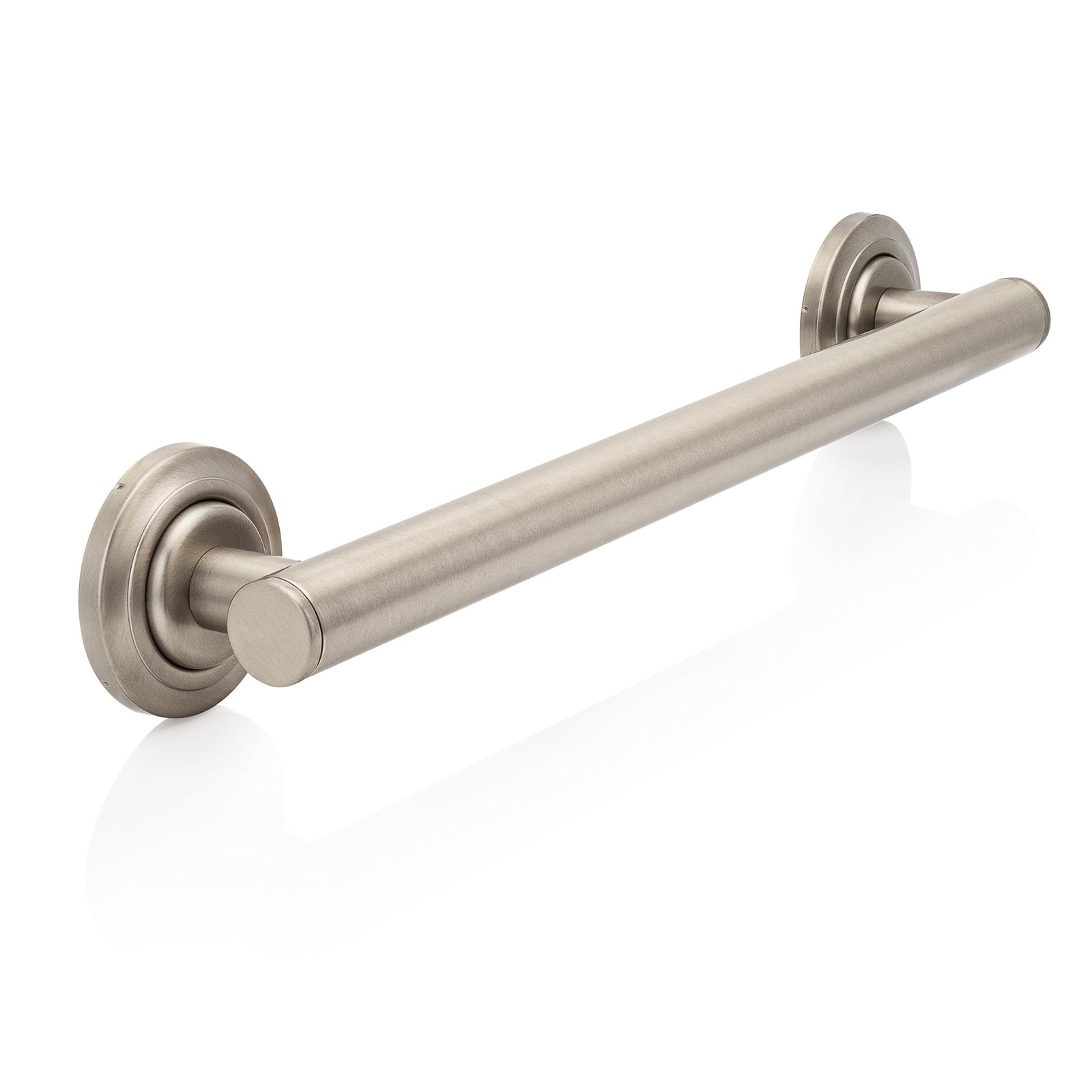

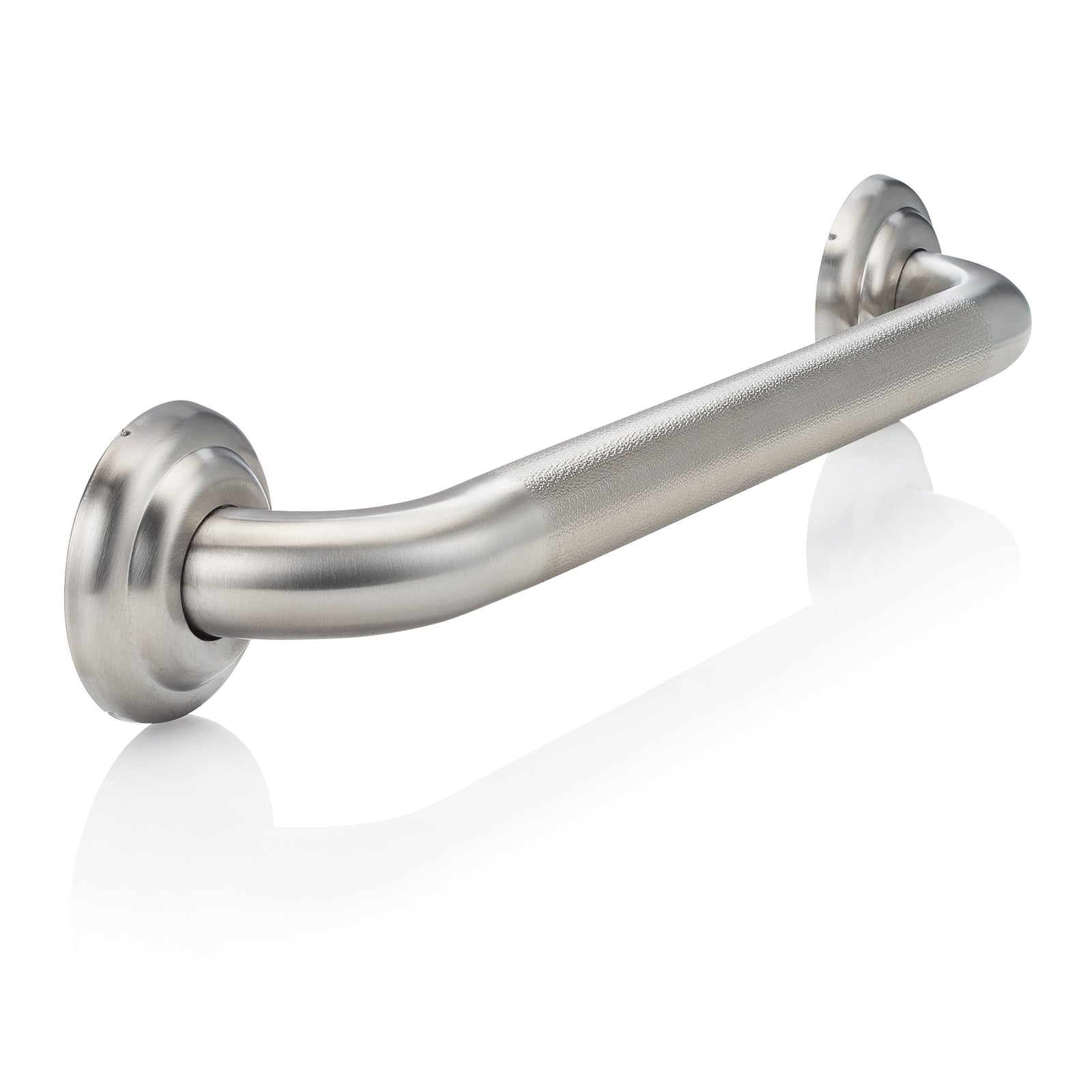
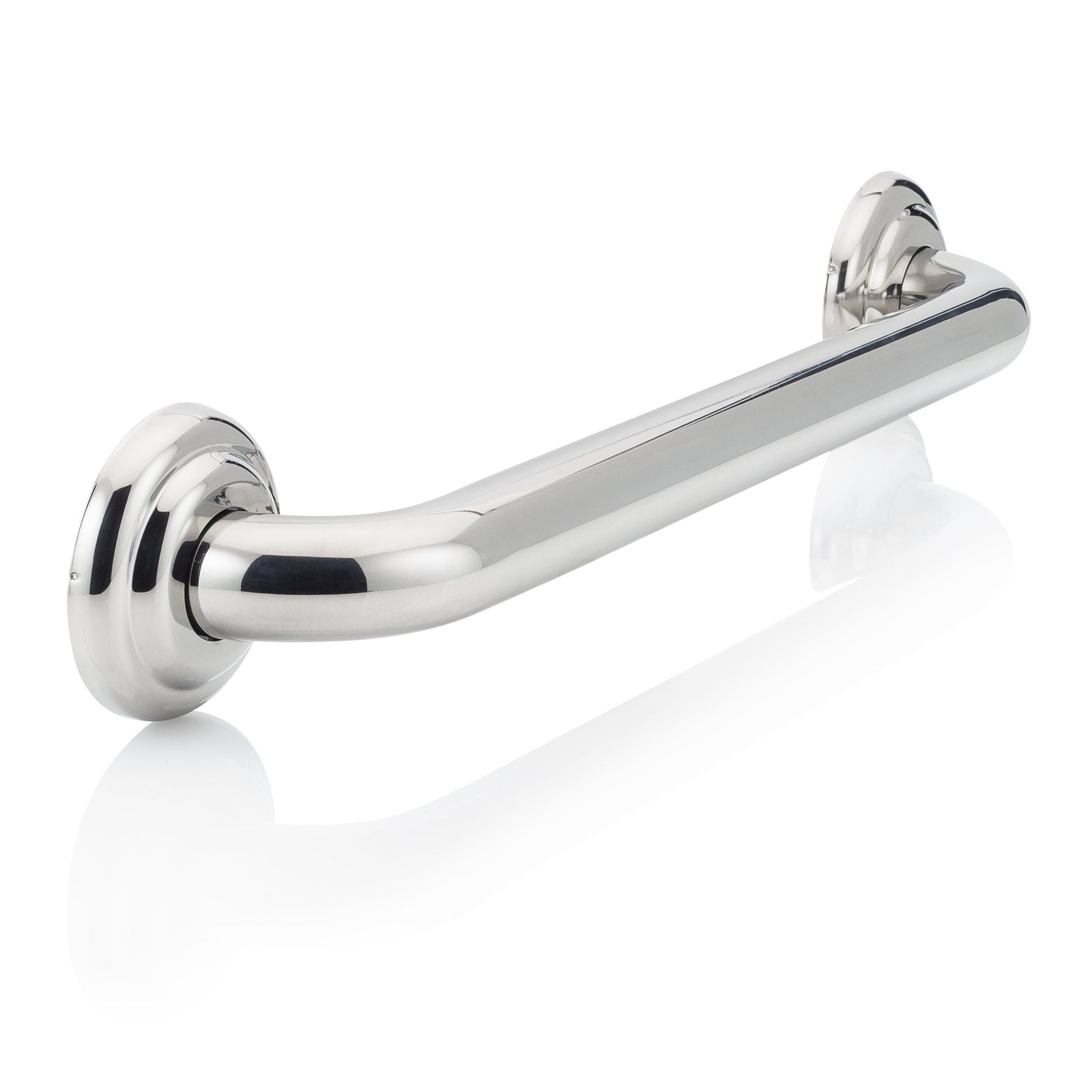
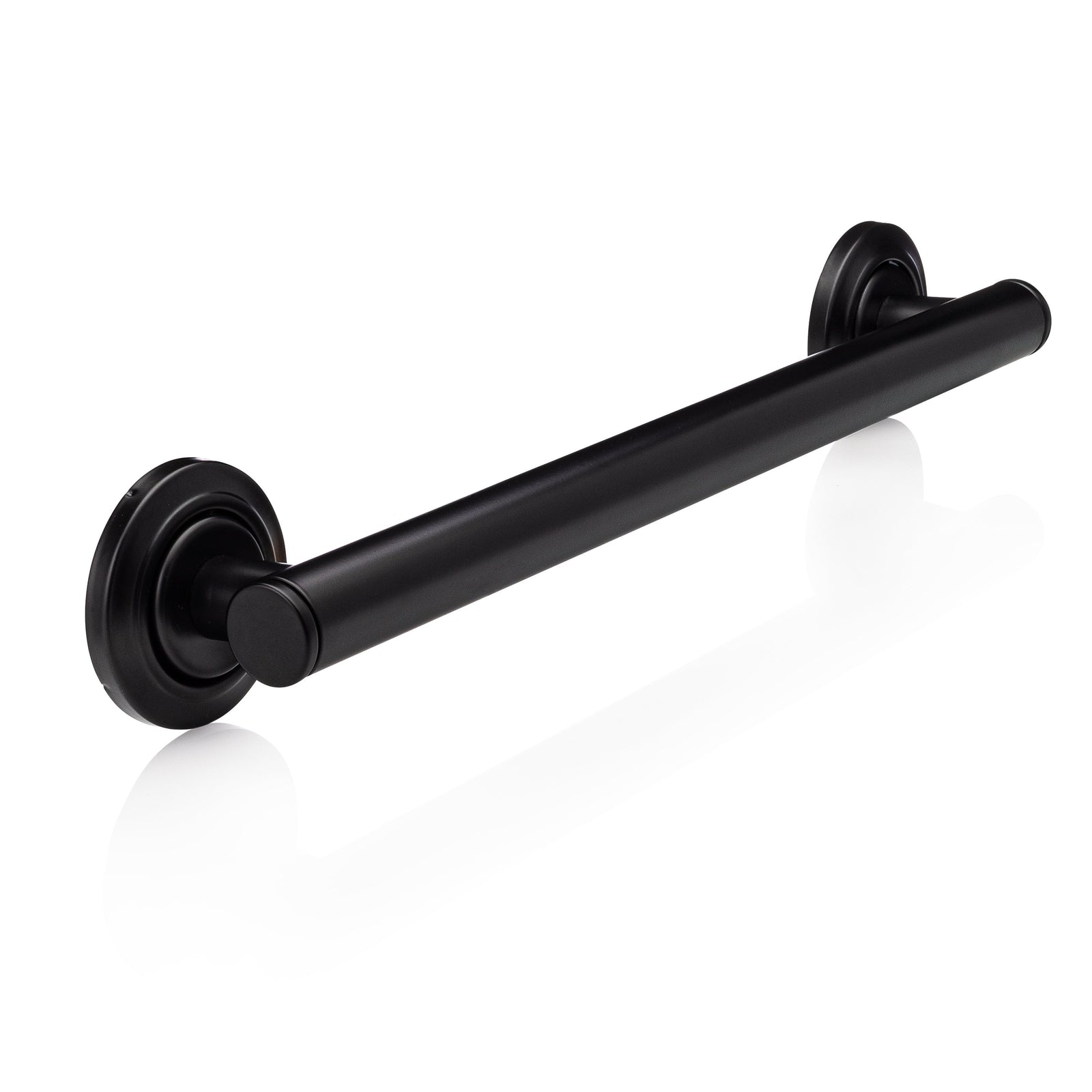
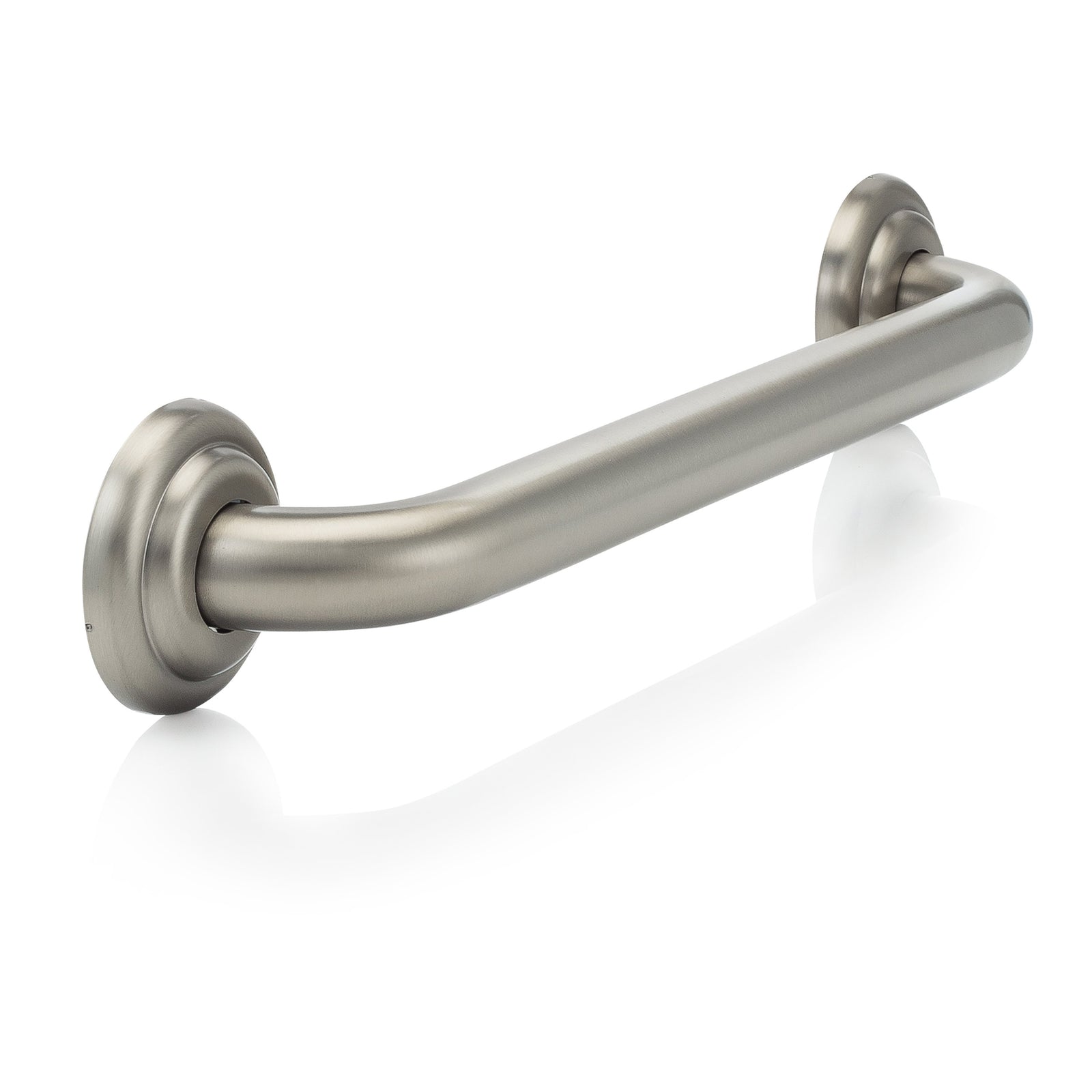
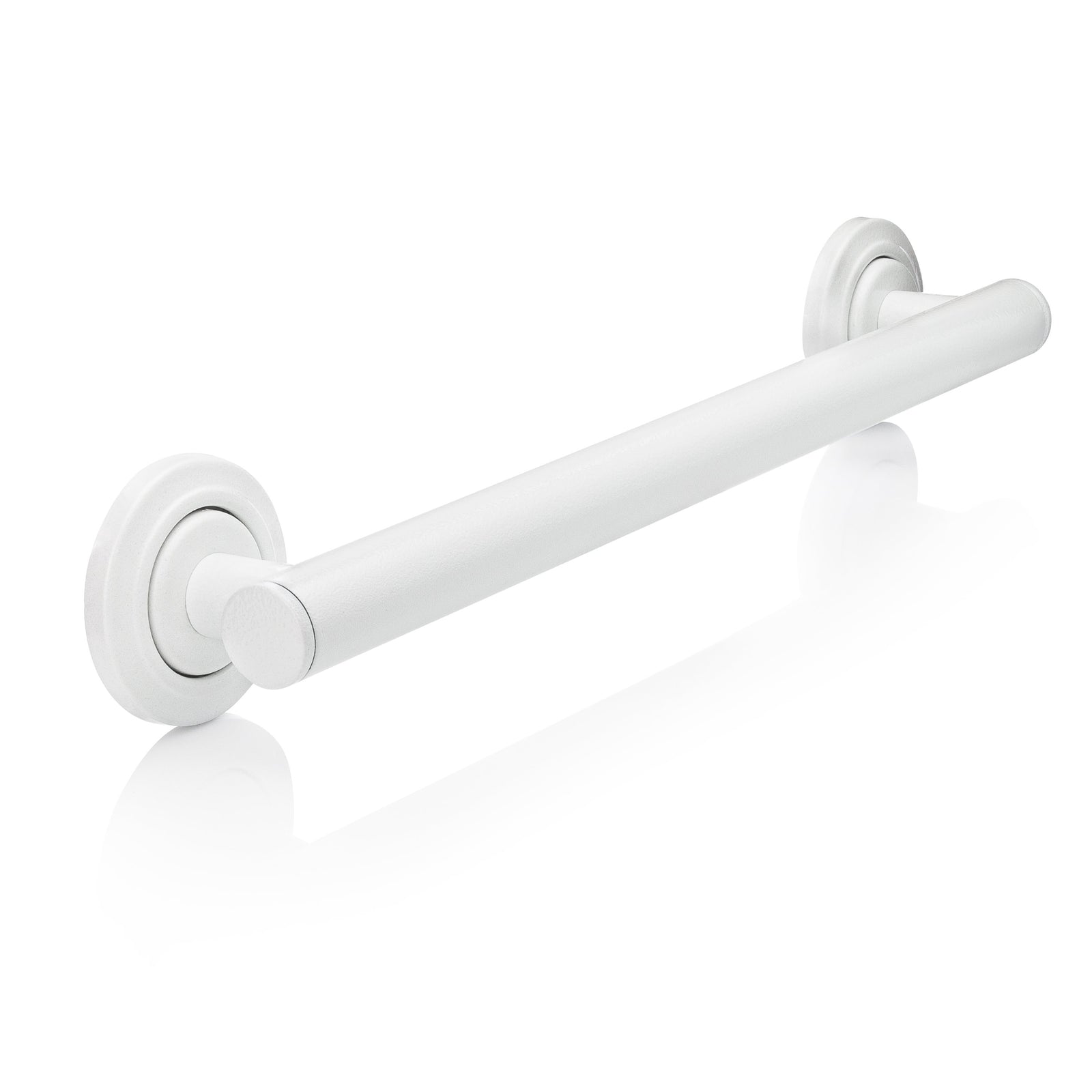
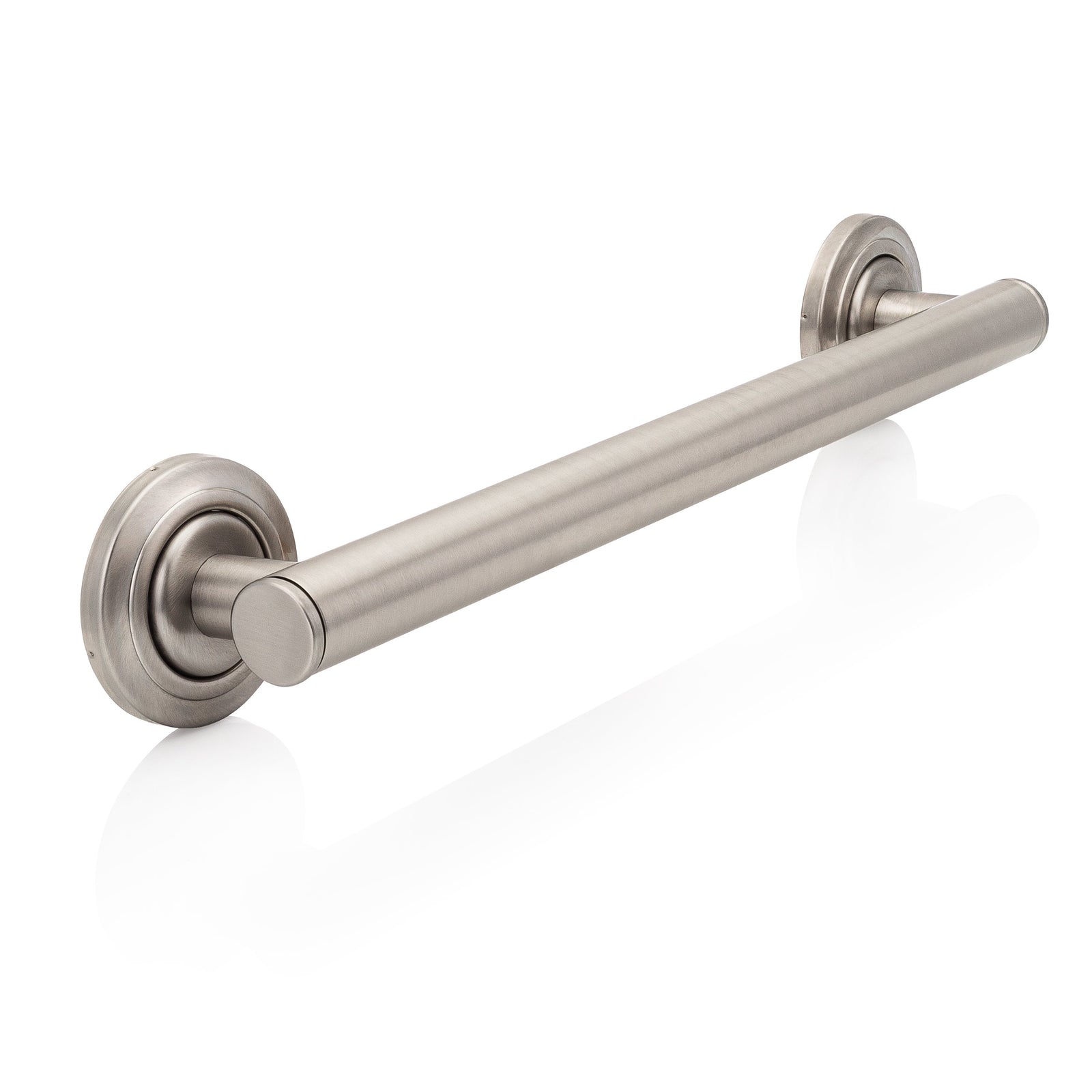
William Schlitzer
July 22, 2024
Do you service Hanover, PA. Need to add grab bars.